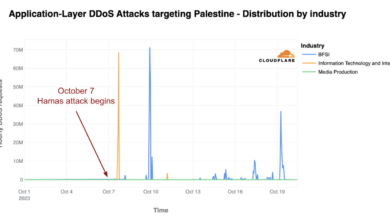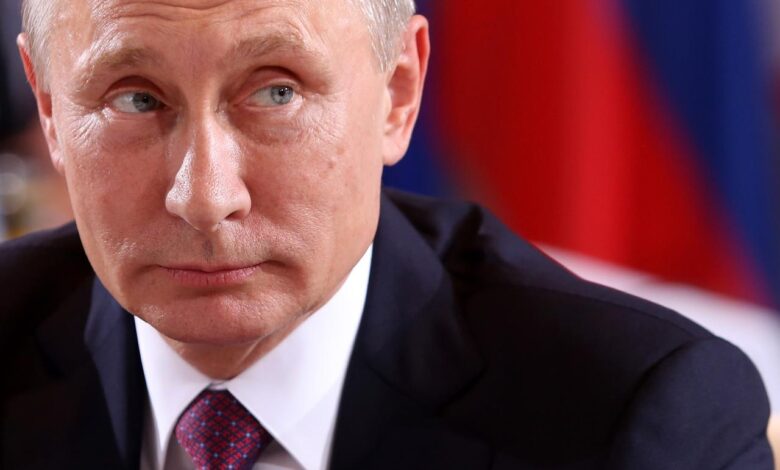
Britain and US Jointly Vow to Fight Russian Cyberattacks
Britain and US jointly vow to fight back Russian cyber attacks – a headline that screams urgency and collaboration in the face of a growing threat. It’s a bold statement, promising a united front against a sophisticated and increasingly aggressive adversary. But what exactly does this vow entail? Are we talking about a significant escalation in cyber warfare, a new era of transatlantic cooperation, or just another press release?
This post dives deep into the details, exploring the context, the specifics of the joint effort, and what it all means for global cybersecurity.
The geopolitical landscape is tense, and cyberattacks have become a key battleground. Russia, with its history of aggressive cyber operations, is a major concern. This joint vow represents a significant step in the ongoing struggle to protect critical infrastructure and national security from increasingly sophisticated cyber threats. We’ll examine the specific measures promised, the potential challenges, and the broader implications for international relations.
The Joint Vow
The recent joint vow by Britain and the US to fight back against Russian cyberattacks marks a significant escalation in the ongoing geopolitical conflict. This commitment comes amidst a backdrop of increasing cyber warfare activity attributed to Russia, targeting critical infrastructure, government agencies, and private businesses globally. The vow signifies a deepening collaboration between the two nations, reflecting a shared recognition of the severity and sophistication of the threat.The Geopolitical Context and Significance of the Joint VowThe joint vow is a direct response to a pattern of escalating Russian cyber aggression.
Russia’s use of cyberattacks has become a key element of its hybrid warfare strategy, used to destabilize adversaries, gather intelligence, and undermine democratic processes. This tactic allows for plausible deniability while inflicting significant damage. The increasing frequency and severity of these attacks, coupled with the potential for catastrophic consequences, necessitates a robust and coordinated international response. The West’s reliance on interconnected digital infrastructure makes it particularly vulnerable to such attacks.
The joint vow underscores the shared vulnerability and the need for concerted action.
Specific Threats Posed by Russian Cyberattacks
Russian cyberattacks pose a multifaceted threat. These range from disruptive attacks targeting critical infrastructure like power grids and transportation systems, to sophisticated espionage campaigns aimed at stealing sensitive government and corporate data. Furthermore, disinformation campaigns launched through cyber means are used to manipulate public opinion and sow discord. The NotPetya malware attack in 2017, widely attributed to Russia, caused billions of dollars in damage globally, highlighting the potential for widespread economic disruption.
Similarly, attacks on election systems in various countries demonstrate the threat to democratic processes. The scale and sophistication of these operations demand a highly coordinated and technologically advanced countermeasure.
With Britain and the US jointly vowing to fight back against escalating Russian cyberattacks, robust cybersecurity measures are more critical than ever. This highlights the importance of proactive strategies like Cloud Security Posture Management (CSPM), and tools like bitglass and the rise of cloud security posture management are becoming increasingly vital. Strengthening our defenses against these threats requires a multi-pronged approach, including advanced technology and international collaboration.
Historical Overview of UK-US Cybersecurity Collaboration
The UK and the US have a long history of cooperation on cybersecurity issues, rooted in shared intelligence and security interests. This collaboration has intensified in recent years due to the growing cyber threat landscape. Early efforts focused primarily on information sharing and joint training exercises. However, the nature of the collaboration has evolved to include more proactive measures, such as joint investigations into cyberattacks and the development of shared defensive capabilities.
Examples of Successful Joint Cybersecurity Initiatives
While specific details of joint initiatives are often classified for security reasons, publicly available information points to successful collaborations in areas like malware analysis, threat intelligence sharing, and the development of cybersecurity standards. For example, both nations are active participants in international cybersecurity forums and have shared expertise in responding to major cyber incidents. The joint development and deployment of cybersecurity tools and technologies also represent a significant aspect of their cooperation.
The success of these initiatives relies heavily on the trust and information-sharing mechanisms established between the two countries.
Timeline of Key Events Leading to the Joint Vow
A timeline illustrating key events leading up to the joint vow would include:
- 2015-2016: Increased reports of Russian-sponsored cyberattacks targeting Western governments and organizations.
- 2016: Allegations of Russian interference in the US presidential election.
- 2017: The NotPetya ransomware attack causes widespread global disruption.
- 2018-2022: A series of high-profile cyberattacks attributed to Russia, targeting critical infrastructure and businesses in the UK and US.
- 2023 (ongoing): Escalation of cyber warfare activity, leading to the joint vow.
Specific Measures in the Vow
The joint statement between Britain and the US regarding a coordinated response to Russian cyberattacks Artikels a significant escalation in collaborative efforts. While the specifics remain somewhat veiled for security reasons, the vow signals a commitment to proactive defense, enhanced intelligence sharing, and a more robust retaliatory capacity. This represents a shift from previous, largely reactive approaches to cybersecurity cooperation.
Cyber Defense Measures, Britain and us jointly vow to fight back russian cyber attacks
The joint vow promises a multi-faceted approach to cyber defense. This includes strengthening national cybersecurity infrastructures, improving threat detection capabilities, and bolstering incident response mechanisms. The commitment also extends to sharing real-time threat intelligence and collaborating on vulnerability patching and software updates. This collaborative approach aims to create a more resilient and interconnected network of defense across both nations.
Technological Capabilities
The technological enhancements promised are likely to encompass several key areas. Expect increased investment in advanced threat detection systems, such as AI-powered intrusion detection and prevention systems. This will be coupled with the deployment of enhanced network security technologies, including improved firewalls, intrusion detection systems, and data loss prevention tools. Furthermore, expect to see investments in secure communication technologies and data encryption to protect sensitive information from unauthorized access.
The deployment of quantum-resistant cryptography is also a likely long-term goal.
Resource Allocation
While exact figures are not publicly available, the vow implicitly promises a significant increase in resource allocation. This includes substantial financial investment in new technologies, infrastructure upgrades, and personnel training. We can expect an expansion of cybersecurity teams within both nations’ intelligence and defense agencies, alongside increased collaboration between private sector cybersecurity firms and government entities. The exact breakdown of funding between personnel, technology, and infrastructure remains undisclosed, but it’s safe to assume a significant portion will be directed towards advanced AI and machine learning capabilities.
Previous joint cybersecurity initiatives have seen similar resource allocation patterns, with a greater focus on technology and personnel training.
Comparison to Previous Commitments
This joint vow represents a more proactive and integrated approach compared to previous cybersecurity cooperation between Britain and the US. While past agreements focused primarily on information sharing and reactive responses to attacks, this vow emphasizes proactive defense, joint intelligence gathering, and the development of a more robust retaliatory capability. This shift reflects a growing recognition of the escalating threat posed by sophisticated state-sponsored cyberattacks, and the need for a more coordinated and assertive response.
Summary of Measures
| Measure | Description | Resources | Timeline |
|---|---|---|---|
| Enhanced Threat Detection | Deployment of AI-powered intrusion detection and prevention systems. | Increased funding for technology and personnel training. | Ongoing, with phased implementation. |
| Improved Network Security | Upgrade of firewalls, intrusion detection systems, and data loss prevention tools. | Investment in new technologies and infrastructure upgrades. | Ongoing, with prioritization of critical infrastructure. |
| Real-time Intelligence Sharing | Increased collaboration and information exchange between intelligence agencies. | Expansion of cybersecurity teams and communication infrastructure. | Immediate, with continuous improvement. |
| Joint Vulnerability Management | Collaborative efforts on vulnerability patching and software updates. | Increased collaboration between government and private sector. | Ongoing, with prioritized patching of critical vulnerabilities. |
| Strengthened Incident Response | Improved coordination and response mechanisms to cyberattacks. | Dedicated incident response teams and improved communication protocols. | Ongoing, with regular drills and exercises. |
Potential Challenges and Limitations
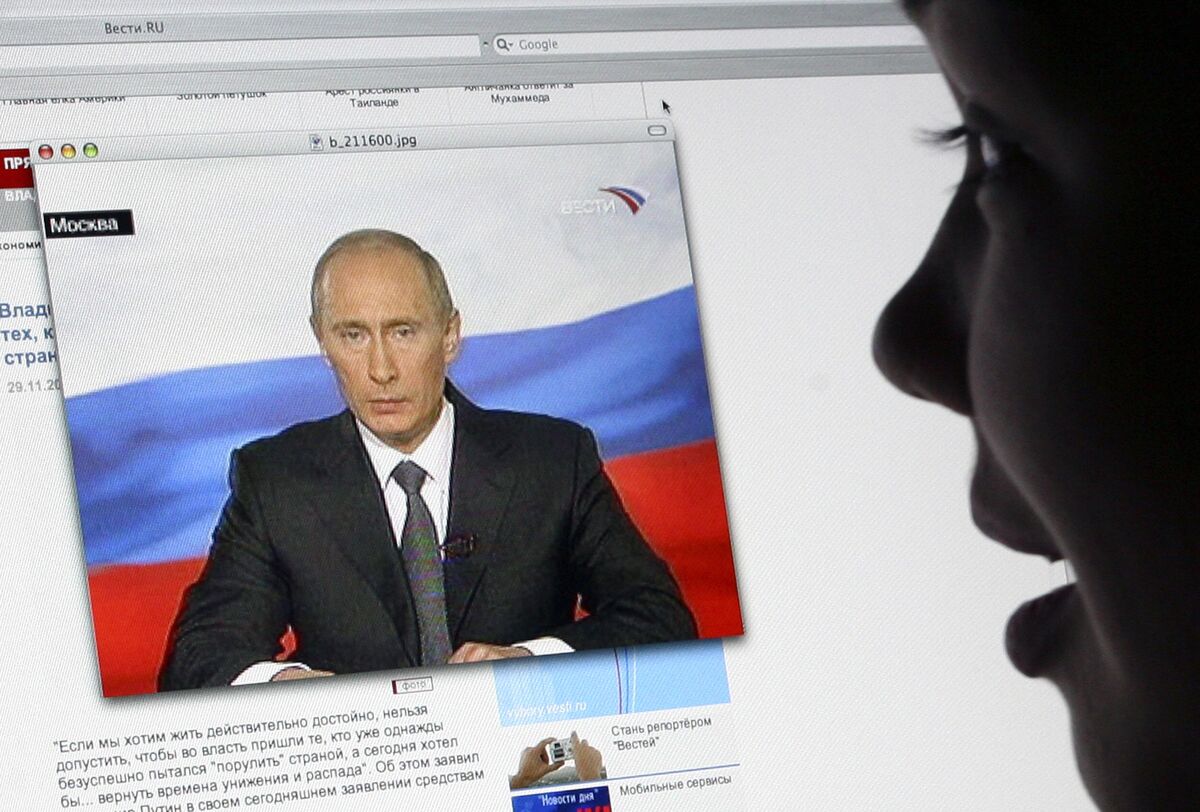
The joint vow between Britain and the US to counter Russian cyberattacks, while a significant step, faces numerous hurdles in its implementation. Success hinges not only on technological prowess but also on effective intelligence sharing, legal frameworks, and ethical considerations. Overcoming these challenges will require sustained commitment and innovative solutions.
Challenges in Implementing the Joint Vow
Effective implementation requires a seamless integration of disparate national cybersecurity strategies, technologies, and legal frameworks. Differences in data privacy regulations, investigative procedures, and levels of cybersecurity investment between the two nations could create friction and hinder collaborative efforts. Furthermore, maintaining consistent communication and coordination across multiple government agencies and private sector entities within both countries will be a considerable logistical undertaking.
A lack of standardized protocols and procedures could lead to delays in response times and missed opportunities to neutralize threats.
Limitations of Current Cybersecurity Technologies
Current cybersecurity technologies, while advanced, are not foolproof. Sophisticated adversaries like Russia continually adapt their tactics, employing advanced persistent threats (APTs), zero-day exploits, and other techniques to circumvent existing defenses. The sheer volume of cyberattacks makes it challenging to prioritize and address all threats effectively. Furthermore, the increasing reliance on interconnected systems creates a cascading effect, where a breach in one system can quickly compromise others.
The rapid evolution of AI and machine learning in both offensive and defensive cybersecurity creates an ongoing arms race, with neither side possessing a clear advantage.
Obstacles Related to Intelligence Sharing and Coordination
Intelligence sharing is crucial for effective cyber defense. However, sharing sensitive intelligence requires overcoming significant legal and political obstacles. Concerns about compromising sources and methods, as well as potential legal ramifications, can limit the free flow of information. Establishing clear protocols and trust between intelligence agencies in both countries is paramount, requiring extensive diplomatic efforts and potentially lengthy negotiations to establish mutually agreeable frameworks.
Different national security priorities and bureaucratic processes can further impede effective collaboration.
Legal and Ethical Considerations in Cyber Defense
Cyber defense operations must adhere to international law and ethical guidelines. The use of offensive cyber capabilities raises complex questions about proportionality, attribution, and the potential for unintended consequences. Establishing clear rules of engagement and ensuring accountability for actions taken in cyberspace are essential to prevent escalation and maintain international stability. Balancing the need for robust defense with the protection of civil liberties and privacy rights is a critical challenge.
For example, the use of surveillance technologies raises concerns about potential abuses and the need for robust oversight mechanisms.
Scenario Illustrating Potential Failure of the Joint Defense Strategy
Imagine a scenario where a sophisticated Russian APT compromises a critical infrastructure system in the UK, exploiting a zero-day vulnerability that went undetected. Due to insufficient intelligence sharing, US agencies are unaware of the breach until significant damage has already occurred. Differences in legal frameworks prevent the timely exchange of crucial forensic evidence, hindering the investigation and prosecution of the perpetrators.
The delayed response and lack of coordinated action lead to a prolonged disruption of essential services, causing widespread economic and social disruption. This illustrates the potential consequences of failing to address the challenges inherent in a joint cyber defense strategy.
Impact on International Relations
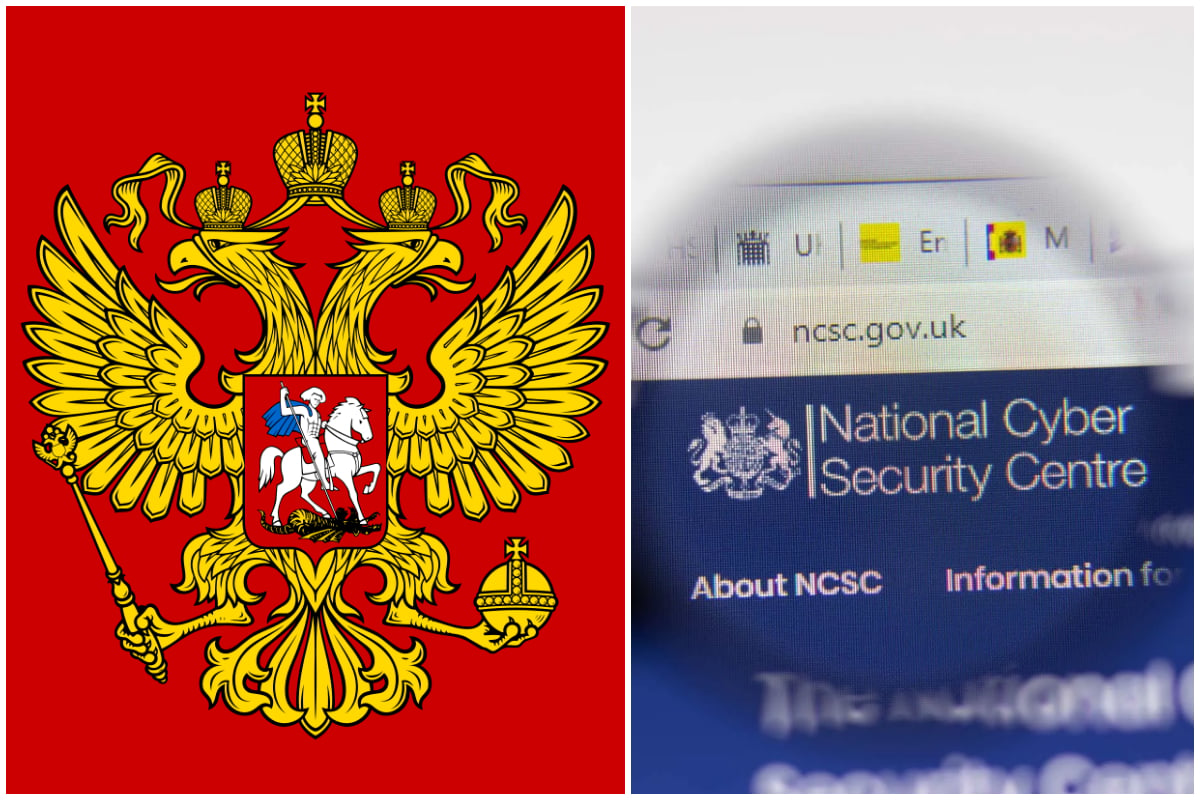
The joint vow by Britain and the US to fight back against Russian cyberattacks will undoubtedly have significant repercussions on international relations, creating both opportunities and challenges. This bold stance represents a significant escalation in the ongoing cyber conflict with Russia, moving beyond mere condemnations to a proactive, collaborative defense. The ramifications extend far beyond the two nations involved, influencing alliances, international norms, and the overall geopolitical landscape.The vow’s impact on the relationship between Britain, the US, and Russia is multifaceted.
It’s likely to further strain already tense relations with Russia, potentially leading to retaliatory cyberattacks or other forms of aggression. However, the strong transatlantic partnership demonstrated by the joint vow could also serve to strengthen the alliance between Britain and the US, particularly in the face of a common adversary. This shared commitment to cyber security could lead to increased cooperation on intelligence sharing and joint defense initiatives, further solidifying their strategic alignment.
Reactions from Other Nations and International Organizations
The joint vow is expected to elicit diverse reactions from other nations and international organizations. NATO allies, particularly those in Eastern Europe who have experienced Russian aggression firsthand, are likely to view the vow favorably, seeing it as a sign of commitment to collective security. However, nations with closer ties to Russia might express concern or even condemnation, potentially leading to diplomatic friction.
International organizations like the UN may find themselves navigating a complex situation, balancing the need to uphold international law and cyber norms with the realities of state-sponsored cyber warfare. Some might call for a multilateral approach to address the issue, while others might criticize the bilateral nature of the vow, arguing it could exacerbate existing tensions. For example, the European Union might seek to coordinate its own response to ensure a unified front against Russian cyber aggression, potentially influencing the broader international response.
Comparison to Other International Responses to Russian Aggression
This joint vow represents a more proactive and assertive response compared to previous international reactions to Russian aggression. While previous responses have often focused on sanctions, diplomatic pressure, and condemnations, this vow marks a significant shift towards a more direct and forceful countermeasure. The difference lies in the direct commitment to active defense and collaboration rather than primarily reactive measures.
This contrasts with the responses to the annexation of Crimea or the ongoing conflict in Ukraine, where the international community’s response has been largely limited to sanctions and diplomatic efforts. The joint vow signifies a willingness to engage in a more direct confrontation in the cyber domain, representing a potential turning point in the handling of state-sponsored cyberattacks.
Deterrence of Future Cyberattacks
The success of the joint vow in deterring future cyberattacks will depend on several factors, including the credibility of the threat, the effectiveness of the implemented measures, and Russia’s perception of the costs and benefits of further aggression. A strong and visible response to any Russian cyberattack, showcasing the capabilities and commitment of the US and UK, could serve as a powerful deterrent.
Publicly attributed retaliatory actions, combined with robust cybersecurity defenses, could significantly raise the costs of such attacks, making them less appealing to Russia. Conversely, a lack of effective response or a perceived weakness in the joint defense could embolden Russia to continue or even escalate its cyber operations. For example, a highly publicized and effective counter-attack following a significant Russian cyber incident would send a clear message, significantly impacting future calculations by the Kremlin.
Potential Consequences of the Joint Vow’s Success or Failure
The success or failure of the joint vow will have far-reaching consequences.
- Success: Increased international cooperation on cybersecurity, strengthened transatlantic alliance, reduced frequency and severity of Russian cyberattacks, enhanced deterrence against future aggression, improved global cyber norms and regulations.
- Failure: Escalation of cyber conflict, increased tensions between the West and Russia, potential for conventional conflict, weakened international norms and regulations, reduced trust in international cooperation, emboldened state-sponsored cyberattacks globally.
Long-Term Strategies and Future Collaboration
The joint vow between Britain and the US to combat Russian cyberattacks signifies a significant shift towards proactive, collaborative cybersecurity. This isn’t a one-off response; it lays the groundwork for a long-term partnership built on shared intelligence, technological advancements, and a unified approach to deterring and responding to future threats. The success of this initiative hinges on sustained commitment and the continuous evolution of collaborative strategies.The implied long-term strategies involve a multi-faceted approach.
This includes the establishment of robust information-sharing mechanisms, joint cyber exercises to hone defensive capabilities, and the development of advanced technologies to detect and mitigate cyber threats. Furthermore, it necessitates a concerted effort to strengthen international norms and regulations governing cyberspace, thereby creating a more secure and predictable environment for all nations. The vow also implicitly encourages the development of a shared understanding of attribution and response protocols, crucial for deterring future attacks.
Ongoing Cooperation and Information Sharing
Effective information sharing is paramount. This involves the timely exchange of threat intelligence, vulnerability data, and incident reports between British and US agencies. The establishment of dedicated communication channels and secure platforms for this exchange is crucial. Real-time collaboration during ongoing attacks will allow for quicker response times and a more coordinated defense. This continuous flow of information fosters a collective understanding of the evolving threat landscape, allowing for more effective resource allocation and the development of proactive security measures.
The UK and US teaming up against Russian cyberattacks is a huge step, highlighting the need for robust digital defenses. Building those defenses requires innovative solutions, and that’s where advancements like those discussed in this article on domino app dev the low code and pro code future become crucial. Faster development cycles mean quicker responses to evolving threats, which is vital in this escalating cyber warfare landscape.
For instance, sharing data on malware variants and attack techniques allows both countries to develop and deploy effective countermeasures more rapidly.
Evolution of Future Collaboration
The partnership is likely to evolve in several key areas. We can anticipate increased joint research and development efforts focused on cybersecurity technologies. This could involve collaborations on areas like AI-driven threat detection, quantum-resistant cryptography, and advanced incident response capabilities. Furthermore, joint training programs for cybersecurity professionals will become increasingly important, ensuring a shared understanding of best practices and fostering stronger collaboration between personnel.
We might also see the development of joint cyber-deterrence strategies, involving coordinated actions to deter potential attackers. For example, a coordinated public announcement warning of consequences for specific malicious activities could serve as a significant deterrent.
Strengthening Global Cybersecurity
This UK-US partnership has the potential to significantly strengthen global cybersecurity. By demonstrating a unified front against state-sponsored cyberattacks, it sets a powerful precedent for other nations to follow. The shared knowledge and resources generated through this collaboration can be leveraged to assist other countries in improving their cybersecurity defenses, particularly those facing similar threats. This could involve providing technical assistance, training programs, and capacity building initiatives.
The success of this partnership could encourage the formation of broader international coalitions focused on cybersecurity cooperation, ultimately contributing to a more secure global cyberspace.
Recommendations for Enhancing Future Collaboration
To maximize the effectiveness of this collaboration, several recommendations should be considered.
- Formalize the information-sharing agreements to ensure a clear framework for data exchange.
- Establish a joint task force to oversee the implementation of the vow and coordinate future initiatives.
- Invest in joint research and development projects focusing on cutting-edge cybersecurity technologies.
- Develop standardized protocols for incident response to ensure seamless collaboration during attacks.
- Regularly conduct joint cyber exercises to test and refine collaborative response capabilities.
- Expand the partnership to include other nations facing similar cyber threats, fostering a broader international coalition.
Public Perception and Media Coverage
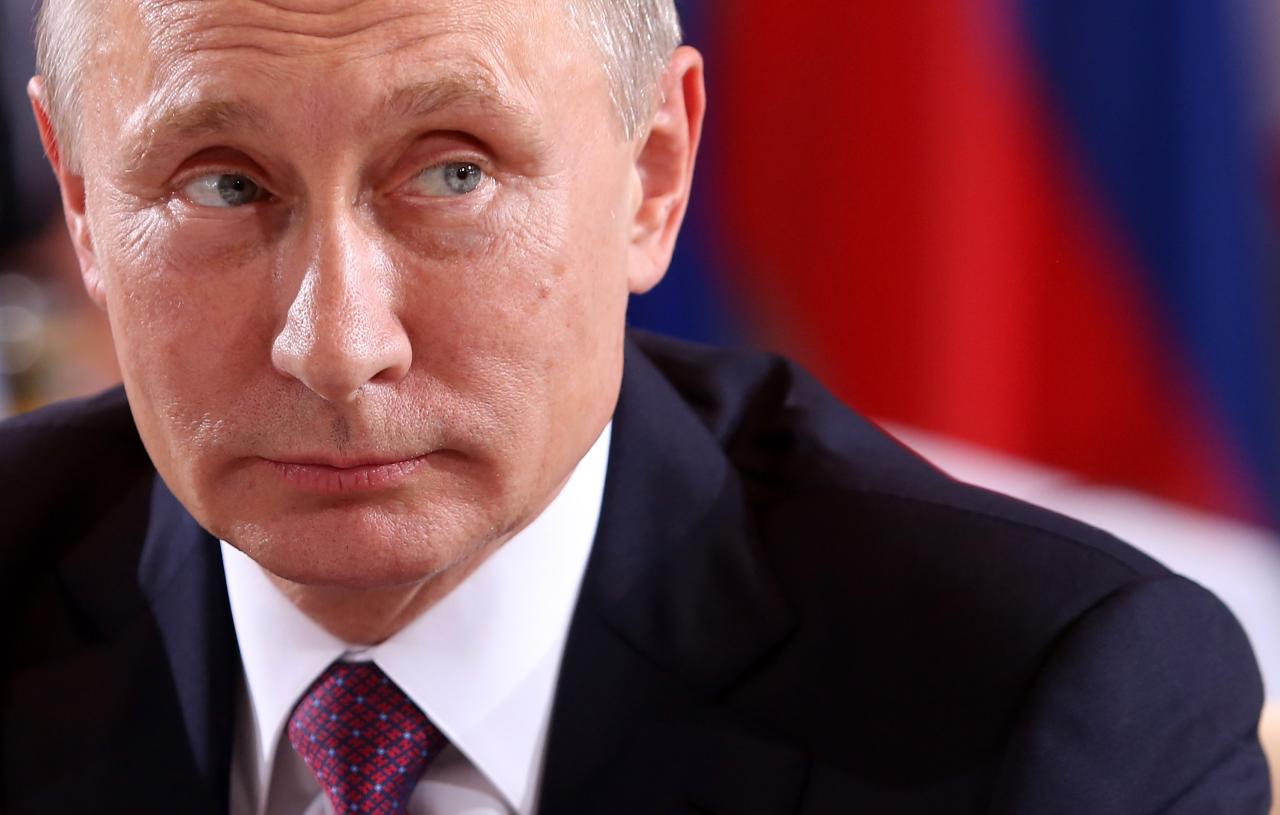
The joint vow by Britain and the US to combat Russian cyberattacks elicited a mixed response from the public and media, shaped by pre-existing geopolitical narratives and anxieties surrounding cybersecurity. Initial reactions ranged from cautious optimism to skepticism, reflecting the complex and often opaque nature of cyber warfare.The framing of the vow varied significantly across different media outlets. Right-leaning publications often emphasized the need for a strong, assertive response to perceived Russian aggression, highlighting the potential threat to national security.
Left-leaning outlets, conversely, tended to focus on the potential for escalation and unintended consequences, questioning the efficacy of such a joint initiative and raising concerns about civil liberties and potential overreach. Centrist publications generally adopted a more balanced approach, acknowledging both the threat and the challenges involved in implementing effective countermeasures.
Media Framing of the Joint Vow
News coverage immediately following the announcement largely focused on the specifics of the agreement, with headlines emphasizing the collaborative nature of the effort and the commitment to mutual defense. However, subsequent reporting delved into the practicalities, including the allocation of resources, the identification of specific targets, and the legal frameworks governing such operations. Some outlets highlighted the technological challenges involved in attribution and response, while others emphasized the political implications of a potential escalation in cyber warfare.
The tone of the reporting shifted over time, reflecting evolving public opinion and new information emerging about the effectiveness of the measures taken.
Public Opinion in Britain and the US
Public opinion polls in both Britain and the US revealed a generally high level of concern regarding Russian cyberattacks, although the level of support for the joint vow varied. In the US, support was generally higher among Republicans, who tended to view Russia as a more significant threat. In Britain, support was more evenly distributed across the political spectrum, though concerns about the potential impact on privacy and civil liberties were more pronounced among certain demographics.
The polls also showed a significant percentage of the public remained uncertain about the nature and extent of the cyber threat, indicating a need for greater public education and awareness.
Media Influence on Public Perception
Media coverage played a significant role in shaping public perception of the cyber threat and the effectiveness of the joint vow. Sensationalized reporting of cyberattacks, often focusing on the most dramatic incidents, could heighten public anxiety and create a sense of vulnerability. Conversely, overly cautious or skeptical reporting could undermine public confidence in the government’s ability to address the threat.
The overall tone and framing of the news coverage, therefore, significantly impacted the public’s understanding of the risks involved and their willingness to support government initiatives aimed at countering cyberattacks.
Illustrative Depiction of the Media Landscape
Imagine a kaleidoscope of news headlines, some screaming warnings of imminent cyberattacks in bold, red font, others offering more measured assessments in calm, neutral tones. Picture a visual representation with several concentric circles. The innermost circle represents the initial, unified coverage focusing on the joint vow’s announcement. The next circle shows diverging opinions, with right-leaning outlets depicted in fiery reds and oranges, emphasizing strength and decisive action.
Left-leaning outlets are shown in cooler blues and greens, expressing caution and concern. The outermost circle displays the general public, a diverse mix of reactions reflecting the range of perspectives presented in the media, from fear and uncertainty to cautious optimism and skepticism. The overall picture is one of complexity and nuance, highlighting the diverse and often contradictory ways in which the joint vow was portrayed.
Final Summary: Britain And Us Jointly Vow To Fight Back Russian Cyber Attacks
The joint vow by Britain and the US to combat Russian cyberattacks is a powerful symbol of unity against a shared threat. While challenges undoubtedly remain – from technological limitations to the complexities of international cooperation – the commitment itself marks a significant development. The success of this initiative hinges not only on technological prowess but also on sustained collaboration, intelligence sharing, and a clear understanding of the ethical and legal boundaries.
The coming years will be crucial in assessing the impact of this vow, and whether it truly marks a turning point in the global cyber security landscape.
FAQ Explained
What specific types of Russian cyberattacks are they targeting?
The vow likely encompasses a wide range, including attacks on critical infrastructure (energy, finance), government systems, and attempts to influence elections or spread disinformation.
How will this joint effort differ from previous collaborations?
The details remain to be seen, but the vow suggests a potentially more proactive and coordinated response, possibly involving shared resources and intelligence on an unprecedented scale.
What are the potential downsides or unintended consequences?
Increased cyber conflict is a risk. There’s also the potential for miscalculation and escalation, leading to unintended consequences in the broader geopolitical arena. Ethical concerns regarding surveillance and data collection also need careful consideration.




